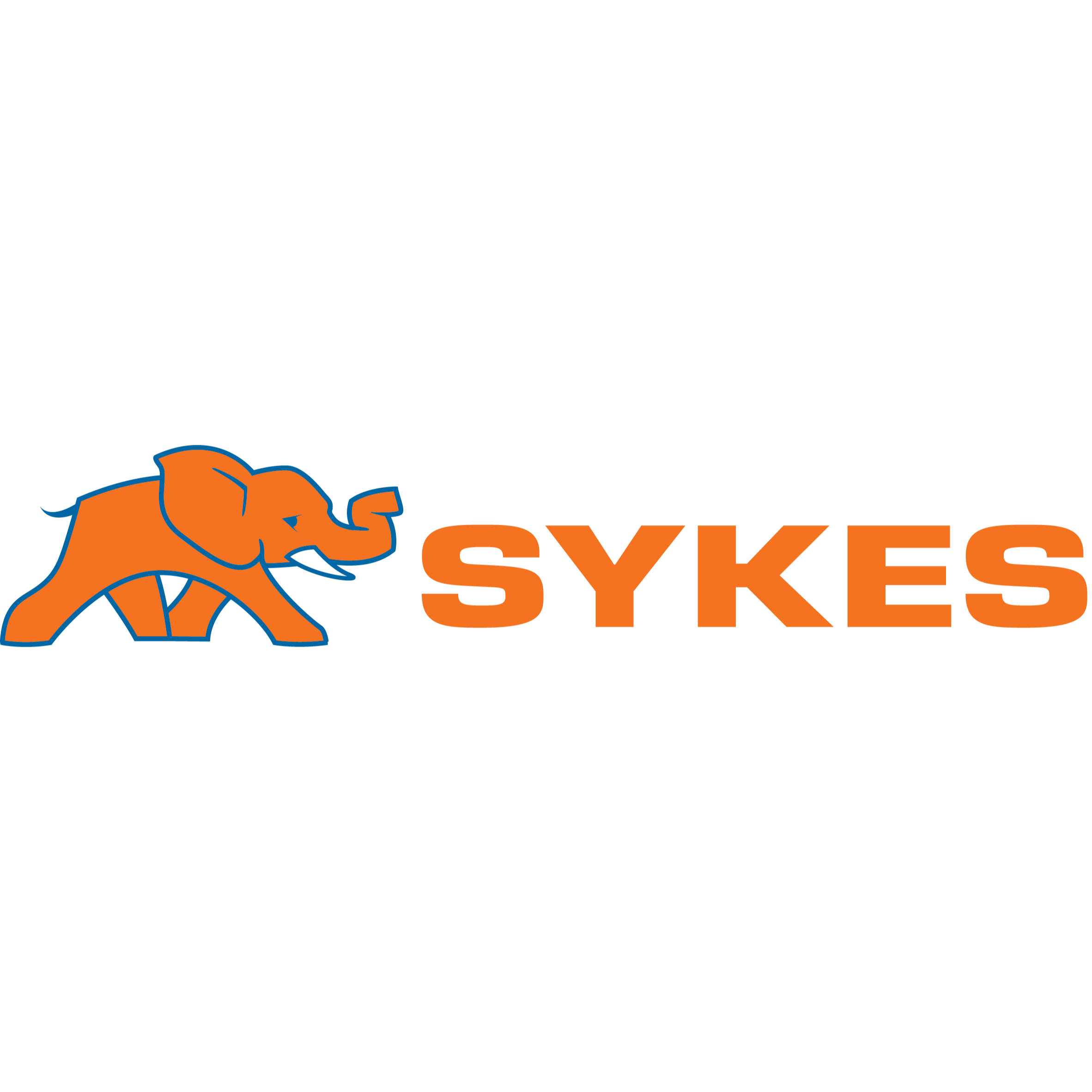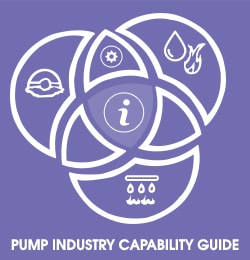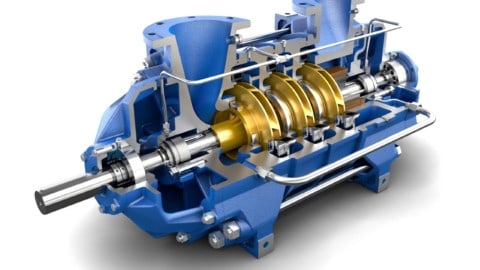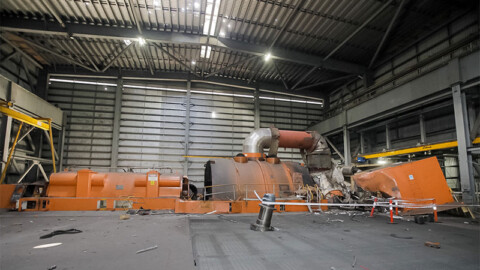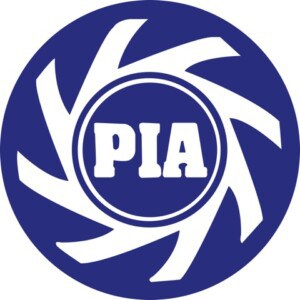The Australian Building Codes Board has released the public comment drafts outlining proposed changes for the next edition of the National Construction Code (NCC).
The proposed changes include a number of alterations regarding pump power and energy efficiency requirements to Part J5 – Air conditioning and ventilation systems.
The draft states:
“Since the stringency of the energy efficiency provisions in Section J of NCC Volume One was increased in 2010, concerns have been raised by industry about the Deemed-to-Satisfy Provisions in NCC Volume One Part J5 – Air conditioning and ventilation systems. In particular, industry has indicated that the provisions are sometimes difficult to comprehend and apply, and the level of performance required in some areas was questioned.
“Industry also noted that these issues are likely leading to non-compliance with the provisions, hence the objective of reducing greenhouse gas emissions is likely not been achieved, or achieved as well as it could.
“To address these concerns a project was undertaken in 2013-14 to review Part J5 with an industry Working Group, with an overall aim of improving and simplifying the provisions to assist in achieving greater levels of compliance.”
Improving Part J5 project
“The Part J5 review project considered five key categories that could contribute to achieving the project’s objective. This included the industry Working Group prioritising specific issues within key categories.
“These issues were then investigated and solutions proposed, noting that for some issues examined the provisions have been re-confirmed by the industry Working Group as appropriate, with no changes recommended.
“The more significant proposed changes include a re-structure of the Deemed- to-Satisfy Provisions and greater utilisation of the existing defined terms. Other significant changes were technical and aimed to resolve outstanding technical issues that had been previously raised by industry.
“As part of the proposed changes to the provisions, improved and expanded guidance material has been developed to assist user understanding of Part J5. Limited guidance material was identified by the industry Working Group as an issue that may be contributing to non-compliance with the provisions.”
Summary of proposed changes
The main proposed changes to the provisions are:
• Re-structuring the provisions to consolidate the requirements and improve understanding, and make better use of the defined terms.
• Removal of performance type statements that do not clearly state what was required or exempted.
• Clarification of the defined term ‘air-conditioning’ to clearly exempt air- conditioning systems where the primary purpose of the system is to serve equipment or processes.
• Increasing the fan motor power allowances for carpark ventilation systems as the current levels are considered too low and in some cases not achievable.
• Clearly specify which ductwork fittings require insulation by separating them into active or passive components, with the insulation requirements being applicable to the passive components.
• Specifying the insulation required for water piping on the nominal diameter of the pipe rather than the system’s capacity to provide clarity and improve consistency of application.
• Reducing the number of insulation variables for water piping to reduce confusion and allow compliance to be more easily demonstrated on-site.
• Introducing a concession for high temperature chilled water piping to recognise the smaller energy savings that can be achieved.
• Clarification of the insulation requirements for water piping by referring to ‘chilled water’ instead of ‘cooling water’, so as to reduce confusion.
There has been some discussion about whether the proposed changes accurately reflect the proposals put forward by the PIA, and PIA members and other stakeholders are encouraged to express their opinions by commenting on the draft.
Instructions on how to do so are available here.
The period for comment on the draft proposals closes on 1 August 2014.


